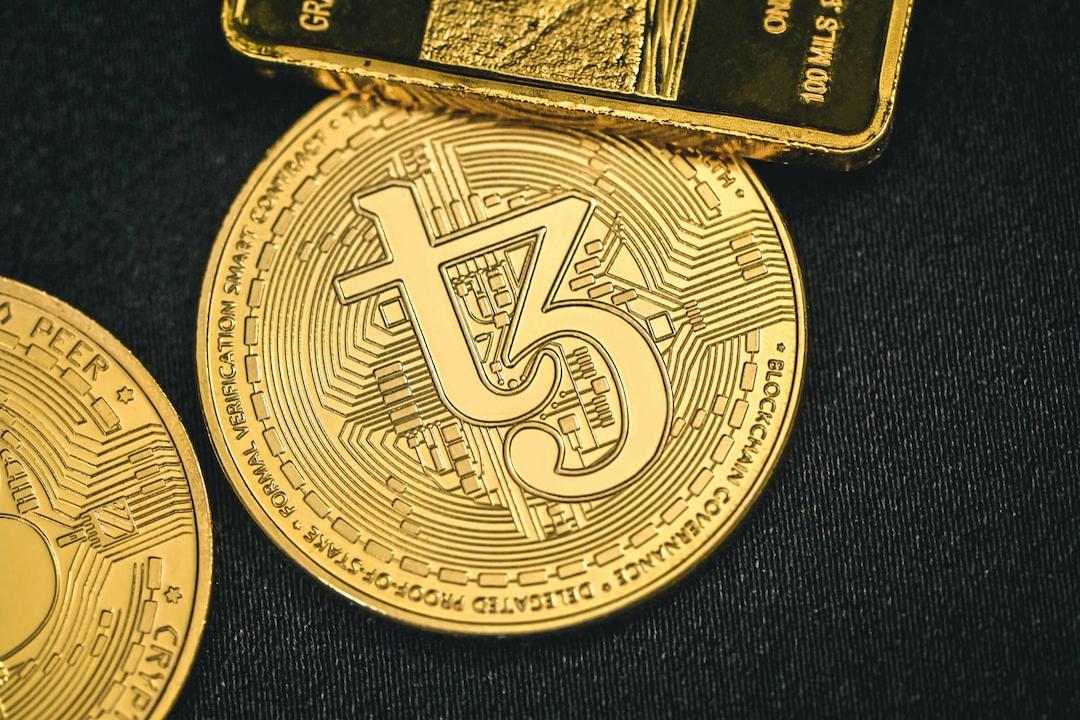Hong Kong Artist Long Jia Sheng’s Labubu Surges in Popularity, But Speculative Prices Show Signs of Decline—What Will Be the Final Outcome?
(Background: $Labubu Breaks 0.074 USD to Reach New Heights! On-chain Imitations Emerge, Is IP Culture the Main Narrative of Speculation?)
(Context: Nine years ago, Sequoia Capital understood Pop Mart and was willing to invest 100 million! Why did they still miss out?)
Labubu is a fictional IP character created by Hong Kong artist Long Jia Sheng in 2015, belonging to the “THE MONSTERS” series under Pop Mart. Its design combines elements of dark elves from Norse mythology with Eastern aesthetics, forming a unique “ugly-cute” style that subverts the traditional sweetness of toys. Initially spread as a niche character in picture books, it quickly rose to become a global phenomenon in trendy toys after collaborating with Pop Mart to launch blind boxes in 2019.
In April 2024, BLACKPINK member Lisa showcased a Labubu doll on social media, calling it “my baby,” which triggered a buying frenzy in Southeast Asia, with prices in the Thai market skyrocketing to seven times the original. Subsequently, celebrities such as Rihanna and Beckham’s daughter started attaching Labubu to their Hermès bags, promoting its elevation from toy to “luxury accessory,” thus opening a new path of speculation that sparked global admiration and drove its market price up several times.
On June 10, the only original mint-colored Labubu appeared at the Yongle 2025 Spring Auction, fetching a staggering price of 1.08 million yuan, which propelled Pop Mart’s stock to a historical high, resulting in nearly a tenfold increase in stock price within a year, and making the founder the richest person in Henan.
This scene inevitably reminds me of another globally popular product from a few years ago—NFTs, which were also led by celebrity influence, topped auction charts, and experienced widespread public speculation, except one is a tangible asset while the other is a virtual asset.
Upon deeper analysis, it seems that both share a similar spiritual core; both create scarcity to evoke consumers’ “fear of missing out (FOMO)” emotions; for instance, both rely on social media proliferation, with Labubu users showcasing hidden versions on Xiaohongshu or TikTok, while NFT players set their collectibles as social media avatars, displaying strong social attributes.
So, the question arises: will both face a similar outcome? From experiencing explosive market speculation to eventually returning to calmness, or even facing a bubble burst, especially considering that the NFT avatars that once sold for millions have now lost 90% of their value.
Before delving deeper, let’s briefly look at the development of other classic IPs from Pop Mart. MOLLY, as Pop Mart’s first blockbuster IP (born in 2006), created scarcity through collaborations with luxury and trendy brands, with some co-branded items priced over ten thousand yuan and scalper prices soaring 300%. However, the heat cycle for new series has shortened to 6-12 months, with some styles seeing their prices halve from peak levels.
Another IP named SKULLPANDA saw resale prices plummet by 40% within six months due to an increase in supply. Currently, we lack data to compare the price fluctuations of all IPs released by Pop Mart, but several representative IPs have generally returned to calm after experiencing market speculation, with notable price corrections, which closely mirrors the NFT scenario.
Currently, in the second-hand market, a LABUBU originally priced at 599 yuan has been speculated to nearly 15,000 yuan, inevitably reminiscent of another trendy toy, Bearbrick, that was popular over a decade ago. At that time, the Chanel co-branded version fetched a high price of 220,000 yuan, but most models are now only worth 30%-50% of their original prices. So, can Labubu escape this fate?
Perhaps history has already provided us with the answer; after all, even the most dazzling narratives will face a day of collapse. Currently, it seems that only BTC has managed to break this curse.
Moreover, Labubu’s scarcity is still only shaped through official descriptions, whereas NFTs inherently possess absolute scarcity, technically unbreakable and immune to human intervention. From this perspective, NFT + Labubu seems even more intriguing, but that is another story altogether.


